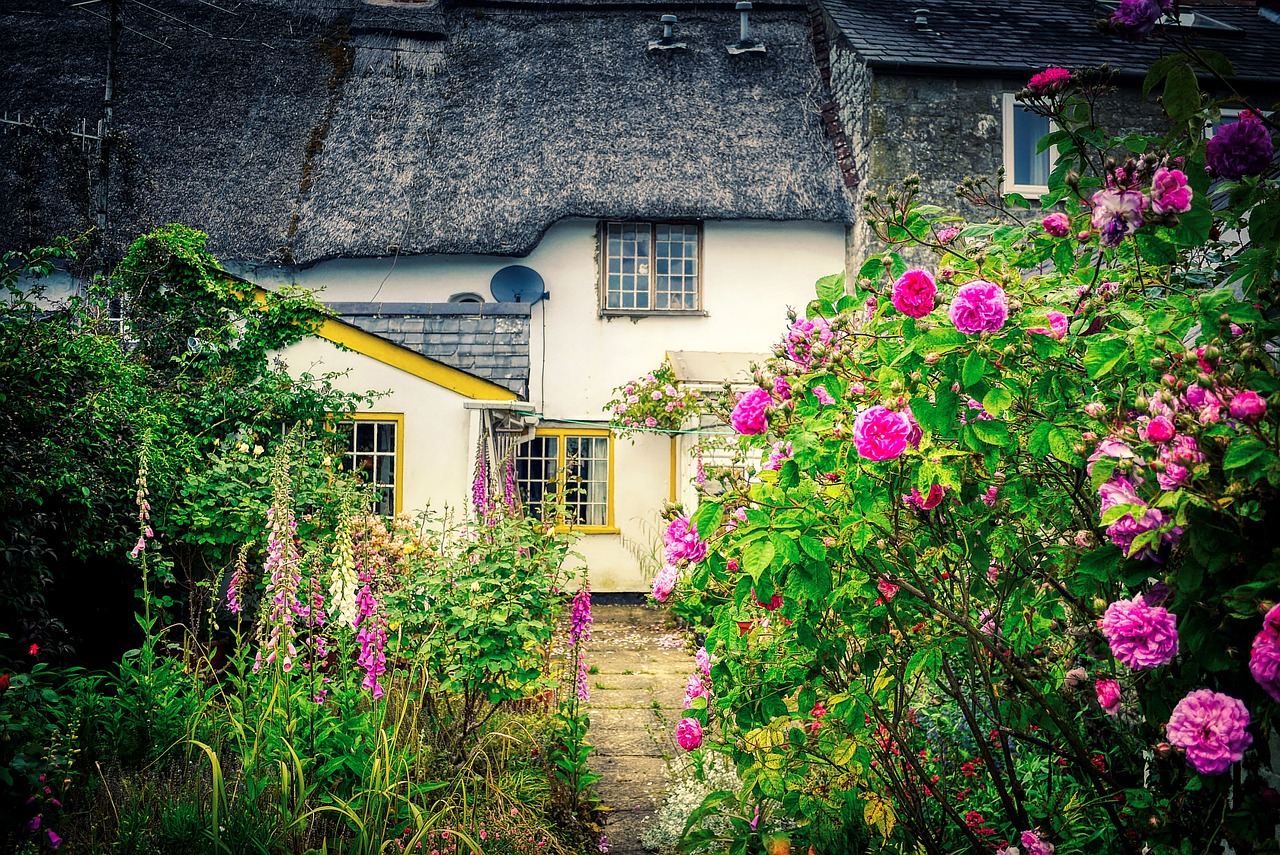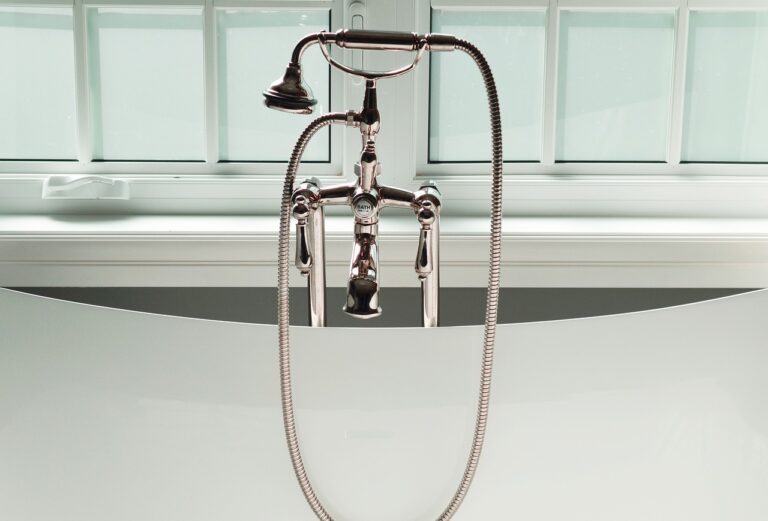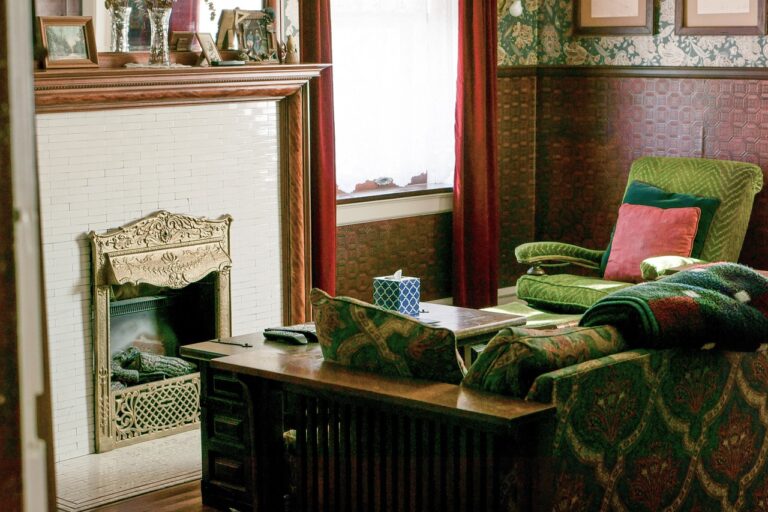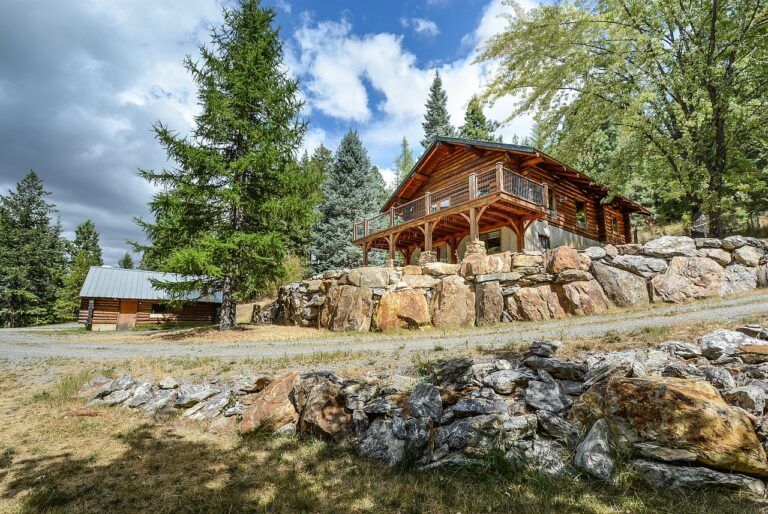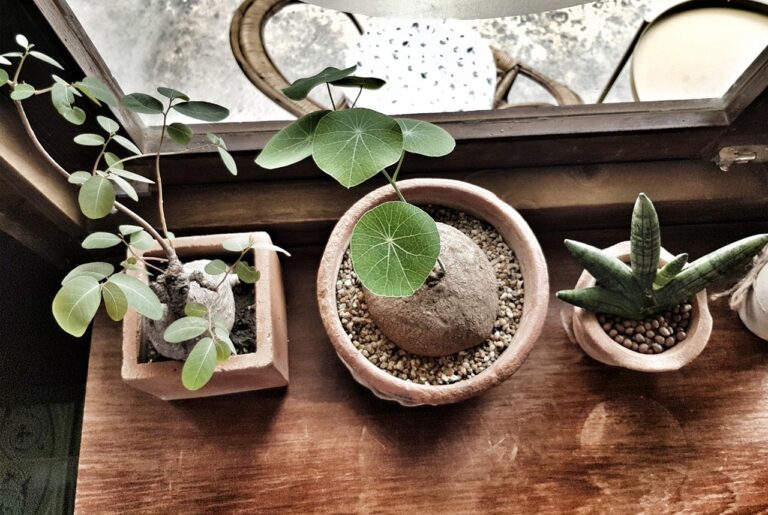Incorporating Biophilic Design Principles into Your Home
Biophilic design focuses on incorporating natural elements into indoor spaces to improve overall well-being and create a connection with nature. By utilizing biophilic design principles in your home, you can create a more harmonious environment that promotes relaxation, boosts productivity, and enhances overall happiness. In this article, we will explore ways to incorporate biophilic design into your home, from adding plants and natural materials to maximizing natural light and ventilation.
Bringing Nature Indoors
One of the simplest ways to incorporate biophilic design into your home is by bringing nature indoors. Adding houseplants throughout your living spaces not only improves air quality but also enhances the overall aesthetic appeal of your home. Choose plants that are easy to care for and thrive indoors, such as snake plants, peace lilies, and spider plants.
Natural Materials
Another key element of biophilic design is the use of natural materials. Incorporate wood, stone, bamboo, and other natural materials into your home decor to create a sense of warmth and connection to the outdoors. From hardwood floors to stone countertops, there are plenty of ways to introduce natural elements into your home.
Maximizing Natural Light
Natural light is essential for creating a healthy and inviting living space. Maximize natural light in your home by keeping windows uncovered during the day, using light-colored paint to reflect light, and strategically placing mirrors to bounce light around the room. Natural light not only brightens up your home but also has numerous health benefits, such as improving mood and boosting vitamin D levels.
Connecting with Nature
Creating a connection with nature in your home can be as simple as incorporating natural colors and textures into your decor. Opt for earthy tones like greens, browns, and blues to mimic the colors of the natural world. Add texture with woven baskets, wool rugs, and natural fibers to evoke a sense of coziness and comfort.
FAQs
Q: What are the benefits of biophilic design in the home?
A: Biophilic design has numerous benefits, including improved air quality, reduced stress levels, increased productivity, and enhanced overall well-being. By incorporating natural elements into your home, you can create a more harmonious and healthy living environment.
Q: How can I incorporate biophilic design into a small space?
A: Even in a small space, you can still incorporate biophilic design principles. Consider hanging plants to save floor space, using natural materials like rattan and jute, and maximizing natural light through mirrors and light-colored walls. Every little bit helps to bring the outdoors in.
Q: Are there any specific plants that are best for biophilic design?
A: There are several plants that are well-suited for biophilic design, including peace lilies, snake plants, spider plants, and pothos. These plants are easy to care for, thrive indoors, and help improve air quality while adding a touch of nature to your home.
Conclusion
Incorporating biophilic design principles into your home is a great way to create a more soothing and inspiring living environment. From adding houseplants and natural materials to maximizing natural light and connecting with nature, there are plenty of ways to bring the outdoors in and reap the benefits of biophilic design. Start small and gradually introduce more natural elements into your home to create a space that promotes well-being and harmony.

